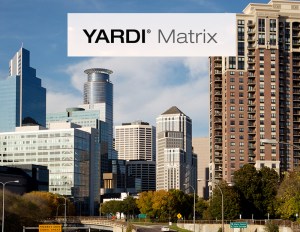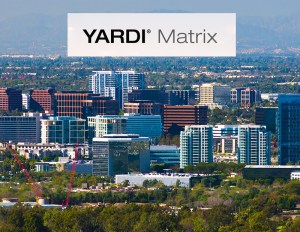Matrix (Occupancy)
Seattle’s Banner Year
The city’s vibrant economy has produced job growth in a broad range of sectors, supporting housing demand and kickstarting an apartment boom, Yardi Matrix data shows.
Baltimore Reclaims Its Charm
Employment growth, coupled with the metro’s relatively affordable rental rates, should generate a solid absorption of the new apartment units coming online this year.
Twin Cities’ Tight Quarters
Rent growth exceeded the national average over the last year, due to steady employment gains, an increasing population and limited housing supply, as apartment completions slowed in 2016.
Salt Lake’s Mountainous Rise
Utah’s largest city is in the midst of a boom—driven by robust employment and population growth that’s producing healthy demand for housing, Yardi Matrix data shows.
Houston’s Shaky Economy
According to Yardi Matrix, very low rent growth and an occupancy rate that lags the national average will result in slow absorption of the 18,700 apartments added in 2016.
Yardi Matrix: Dominating Dallas
Hitting new cyclical peaks across most metrics, DFW continues to be one of the strongest multifamily markets in the U.S.
Yardi Matrix: Fever Pitch—Atlanta Demand Heats Up
Atlanta’s multifamily market benefits from a diversified economy, a healthy development pipeline and high investor demand.
Yardi Matrix: San Francisco—Suburbs Rising
The metro has been the poster child for booming technology markets on the West Coast, but the effects of those surging years are coming back to haunt its multifamily market.
Yardi Matrix: Orange County’s Bright Outlook
The high barrier to homeownership combined with a limited supply of new apartments has pushed multifamily occupancy to among the highest in the country.
Yardi Matrix: Cooling Rents, Austin’s City Limits
The metro’s multifamily market continues to be a hotbed of activity, despite a growing sense of caution that rents and development are beginning to decelerate.










